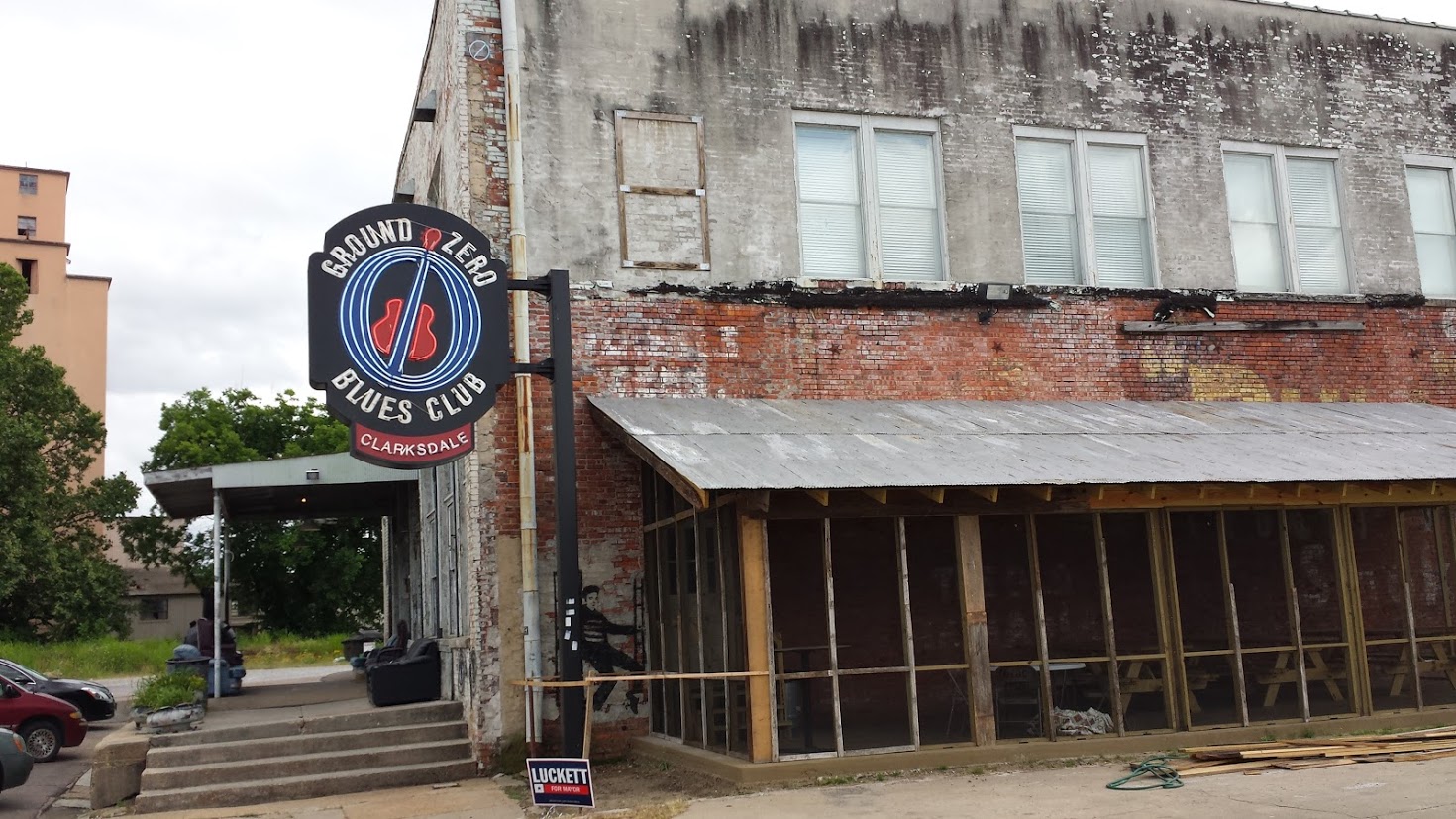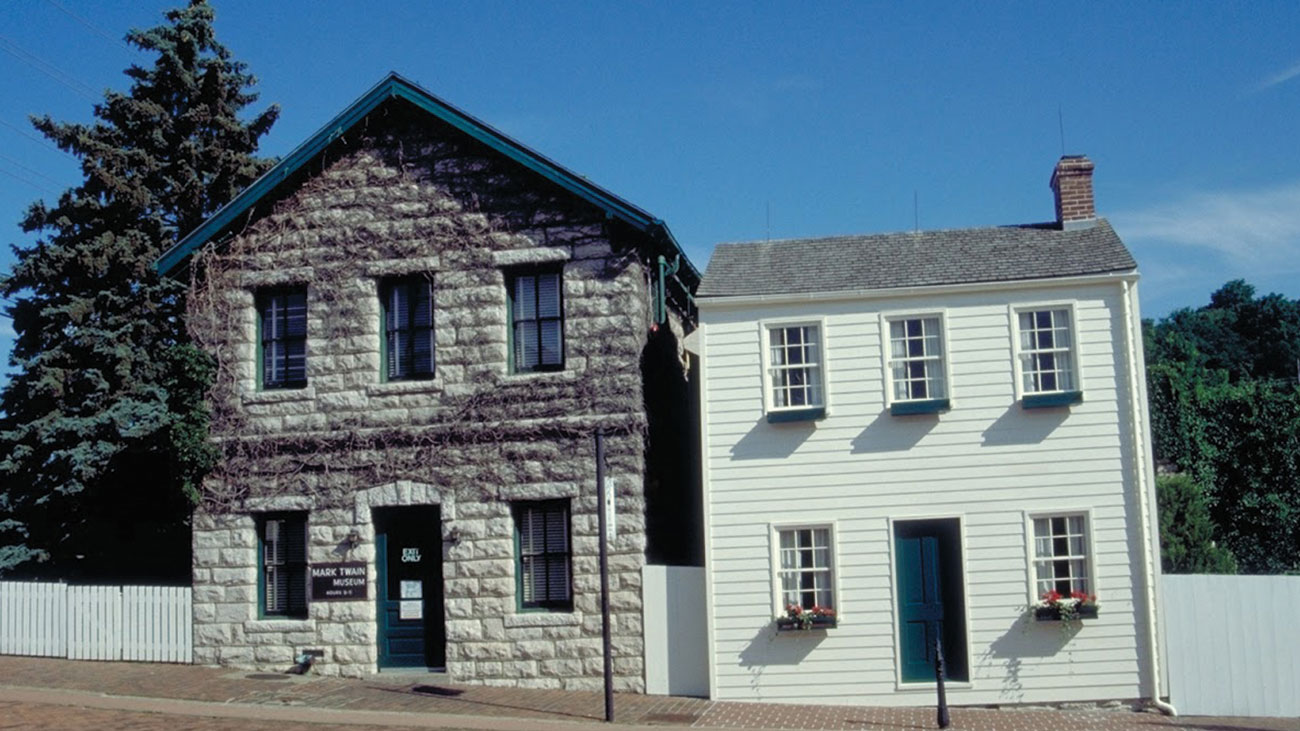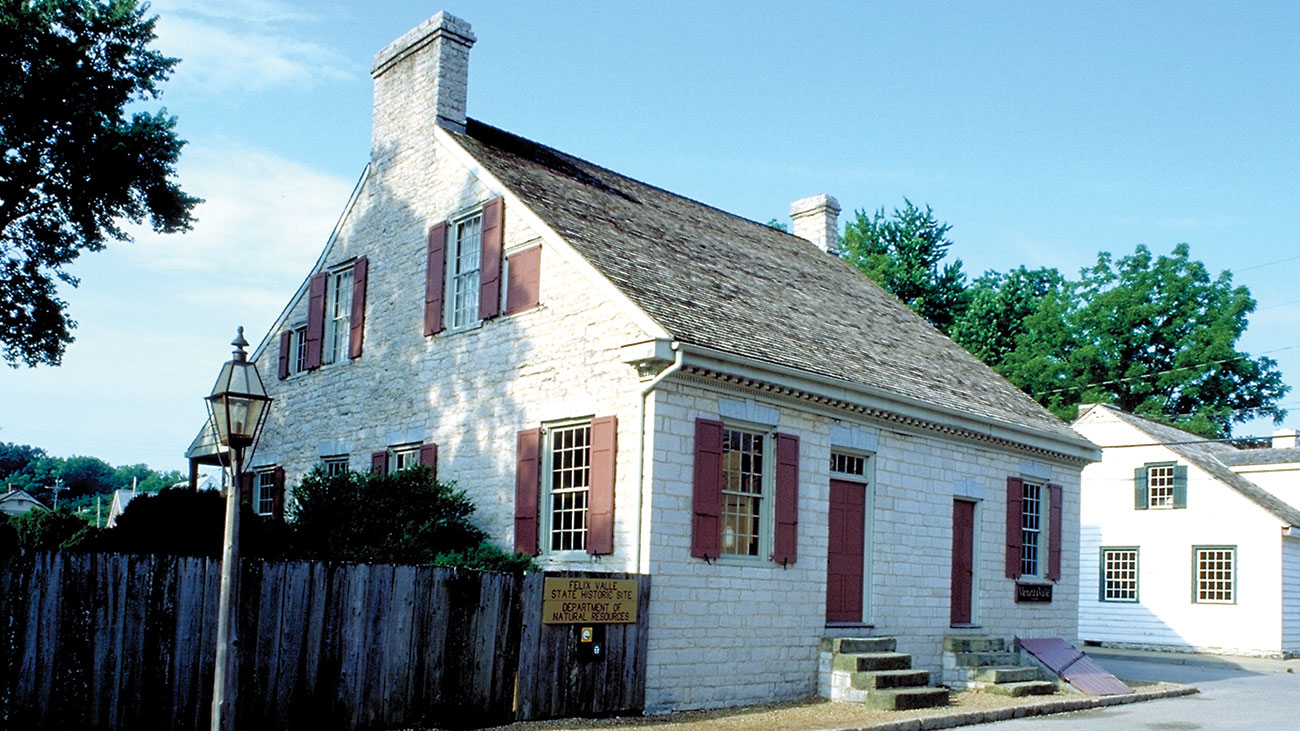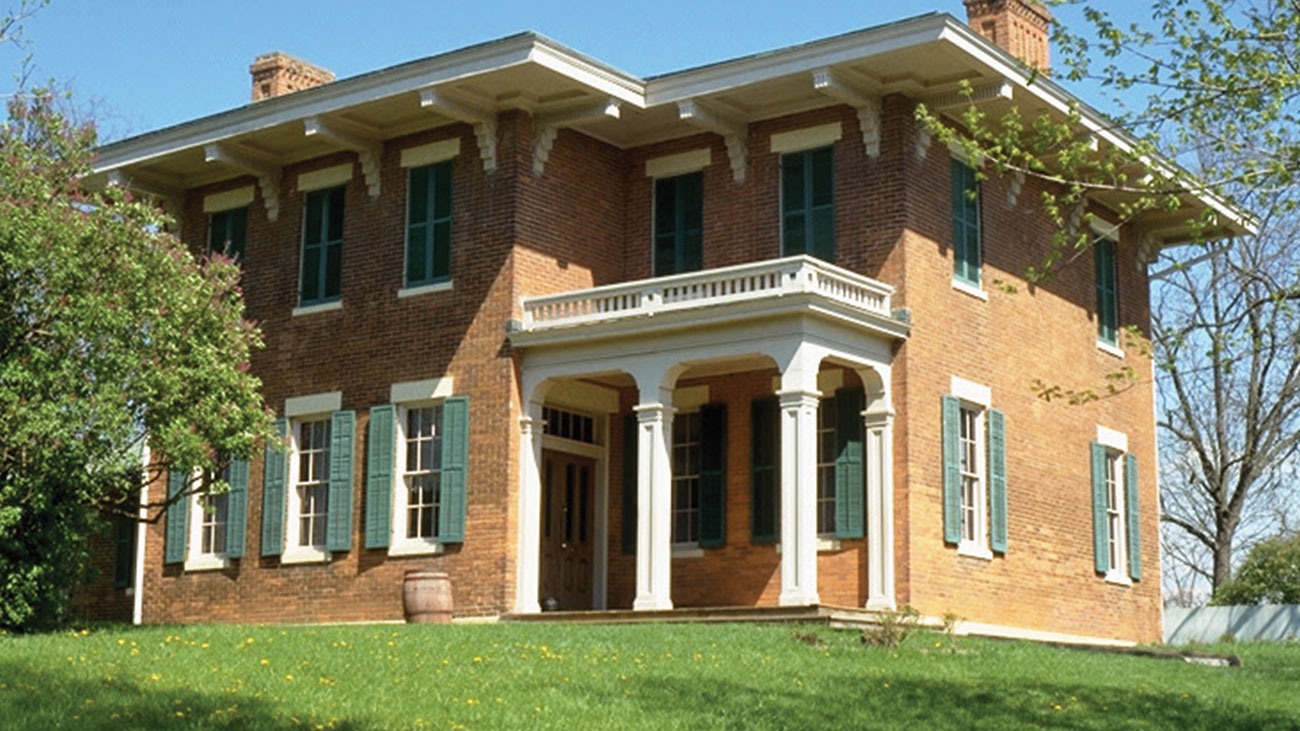A trip along the Great River Road—recently named one of America’s newest All-American Roads—is a great summer adventure, but sometimes you need to find a spot to cool off. Here’s a look at some great places you can dip your toes in the Mighty Mississippi or hop on a boat and explore the waters yourself.
Lake Village, Arkansas
Lake Village is located on the shores of Lake Chicot, the largest natural lake in Arkansas and the largest oxbow lake in North America. Lake Chicot was formed three centuries ago by the meandering of the Mississippi River but has since been cut off from the mighty riverway, resulting in a 20-mile-long oxbow lake that’s a popular recreation destination. Lake Chicot State Park has 14 cabins and more than 120 campsites for rent and is a great place for fishing, boating, and birdwatching.
Lake Itasca, Minnesota
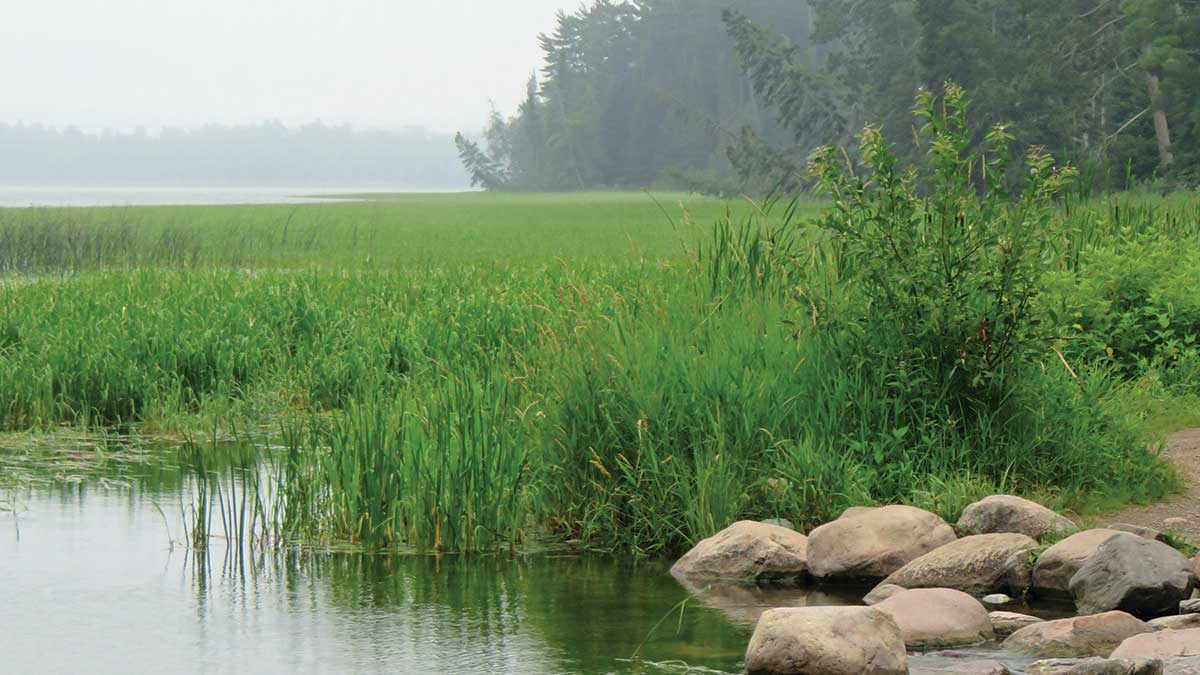
Photo: Sandra Dempsey on Unsplash
Did you know you can walk across the Mississippi River? It’s true: If you visit the headwaters of the mighty river at stunning Itasca State Park in north-central Minnesota to see where the Mississippi River starts, you can cross from one side of the river to another, a trip of only about 20 feet. If you’re feeling daring (or it’s hot), you can wade in the shallow waters of the river as it empties out of Lake Itasca on its journey south. Itasca State Park—Minnesota’s oldest—is also a great place for boating, fishing, canoeing, kayaking, swimming and stand-up paddleboarding.
Clements Fishing Barge, Wisconsin

Photo: Wisconsin Mississippi River Parkway Commission
Located just upstream from Lock & Dam #8, Clement’s Fishing Barge has been inviting anglers to cast their lines for walleye, bluegill, catfishing, bass and more in the Mississippi River since 1936. Park along Highway 35 (the Wisconsin Great River Road) in Genoa, raise the flag on shore, and wait for the small boat to ferry to you to the barge. Fishing runs from 7am to 5pm Sunday to Thursday and 7am to 6pm Saturday to Sunday from mid-March through mid-November. Single-day prices are $20 for adults and $5 for kids; three-day, seven-day and season passes are also available.
Mississippi River Eco Tourism Center, Iowa
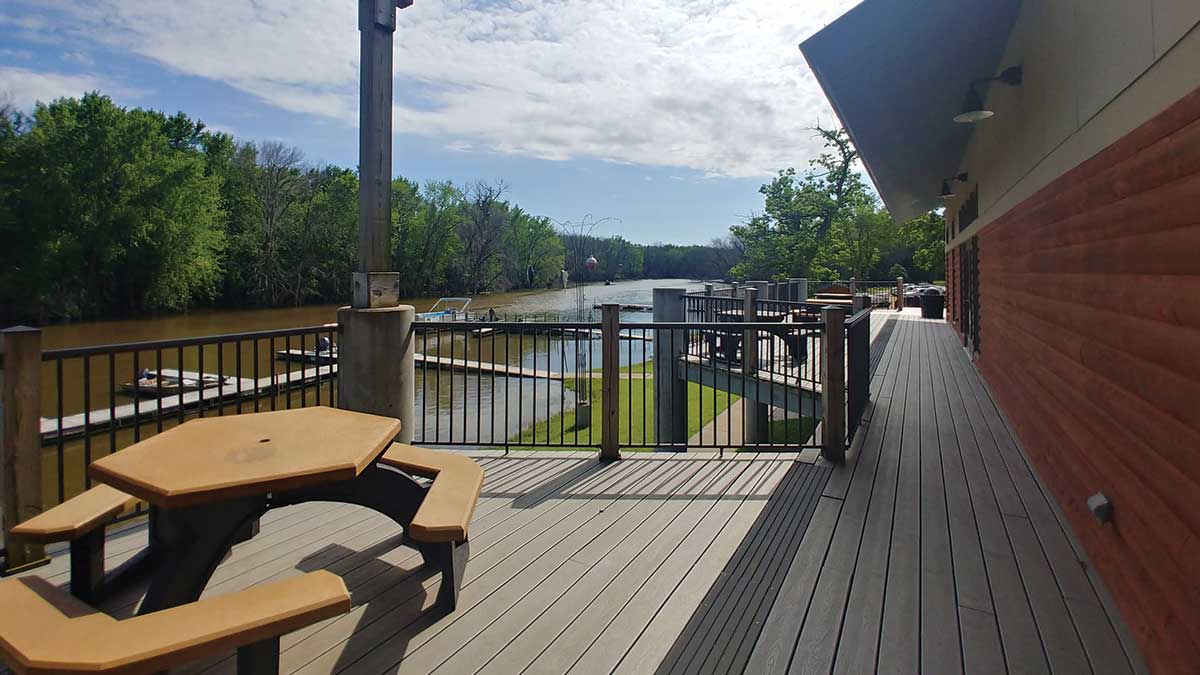
Photo: Iowa Mississippi River Parkway Commission
Explore the backwaters of the Mississippi River in a canoe or kayak or hop on a pontoon boat for a guided tour at this engaging, educational center in Camanche, about a 45-minute drive from the Quad Cities. The Mississippi River Eco Tourism Center educates visitors about the natural history of the Mississippi River in Iowa and is home to an 8,000-gallon aquarium filled with local fish species. Launch your canoe or kayak from the campground or climb aboard the Blue Heron, a 26-passenger pontoon boat, for a guided tour of fish and wildlife habitat through backwaters, sloughs and the main channel.
National Great Rivers Museum, Illinois
Situated on the banks of the Mississippi River near Alton at the Melvin Price Locks & Dam #26, the National Great Rivers Museum tells the story of the people and natural process that have shaped the river. Interactive exhibits illustrate the impact of the Mississippi River on the region.
Confluence of the Mississippi & Ohio Rivers, Kentucky
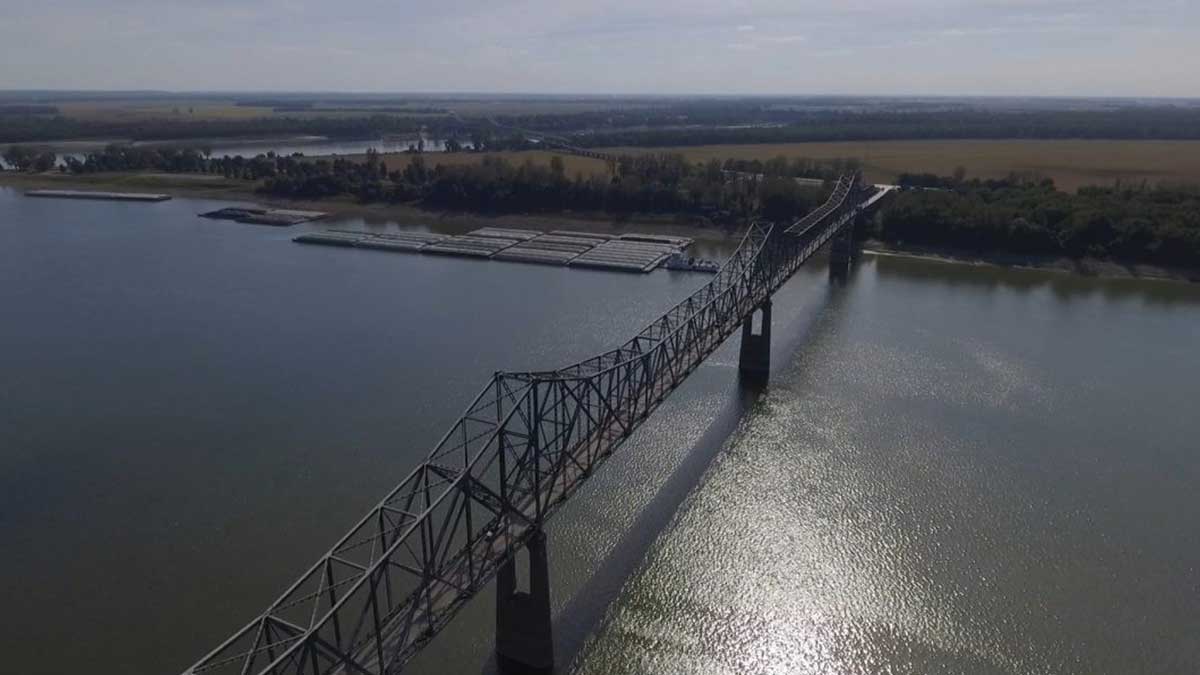
The Mississippi and Ohio rivers come together where three Great River Road states intersect: Illinois, Missouri, and Kentucky. This scenic confluence can be seen from a couple different spots, including Fort Defiance Park in Cairo, Illinois, and Wickliffe Mounds State Historic Site in Wickliffe, Kentucky.










